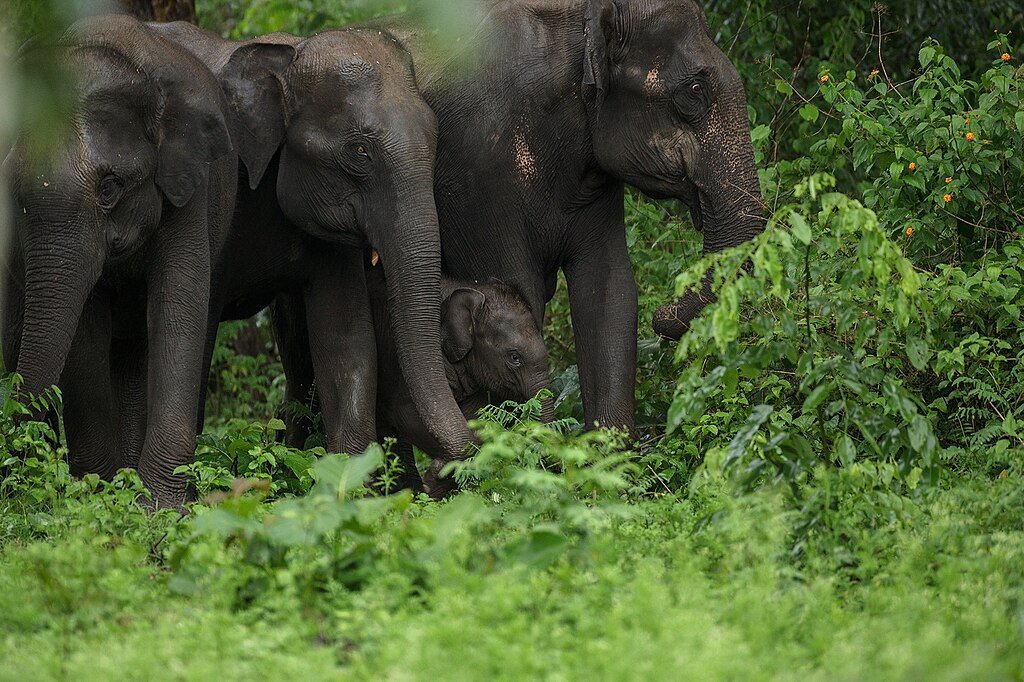A quiet crisis is developing in the densely human-dominated landscapes of northeastern Bangladesh. Once migratory guests from India, an elephant herd finds itself caught and unable to return home because of border fencing. Declaring a new protected area to protect these stranded giants, Bangladesh is acting boldly given human-elephant conflicts are growing. However, can this measure address the more fundamental problem of transboundary displacement or is it only a band-aid solution in an increasingly difficult conservation conundrum?
The Stranded Herd: How Border Fencing Created an Elephant Crisis
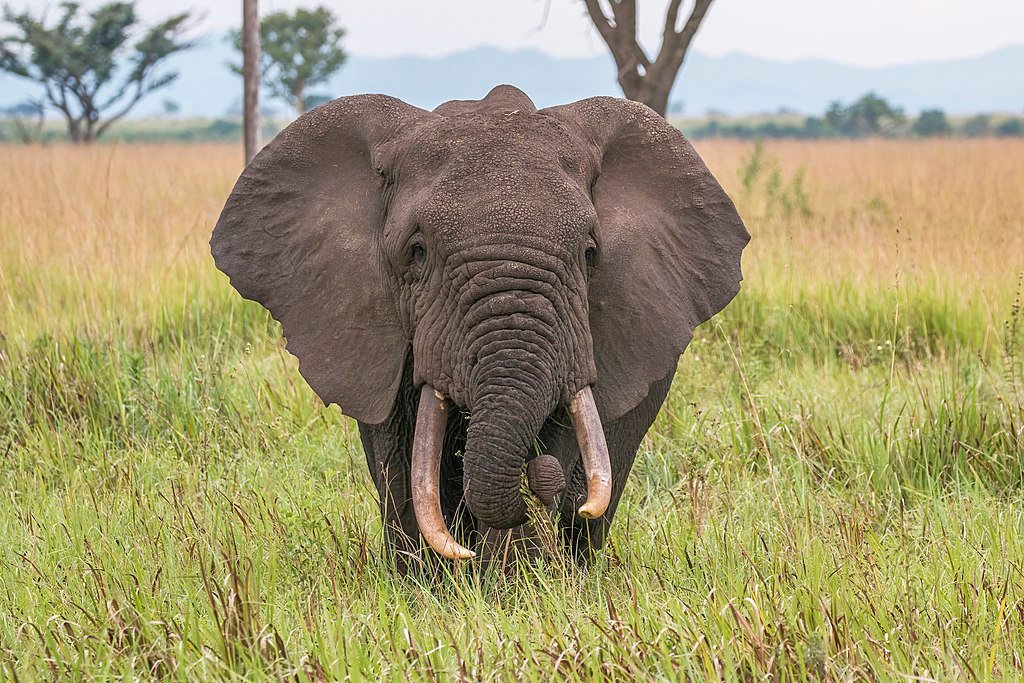
Following ancient paths in search of food, elephants from India’s Meghalaya state have seasonal migration into Bangladesh’s northeast for decades. But India closed important border crossings in 2019, so rendering these “non-resident” elephants stranded. Now the estimated 41-kilometer (25.4-mile) length across Sherpur, Mymensingh, and Netrokona districts serves as an unintentional prison for the herd.
The elephants wander agricultural areas destroying crops and running afoul of people without any way back. In such conflicts, at least 50 elephants were killed between 2017 and 2021 34 alone 15. The state of affairs has compelled Bangladesh’s government to step in and suggest a 200-square-kilometer (77-square-mile) protected area The plan suffers significant challenges, though, given much of the land already used for farms and cities.
A Fragile Refuge: Can a New Protected Area Work?
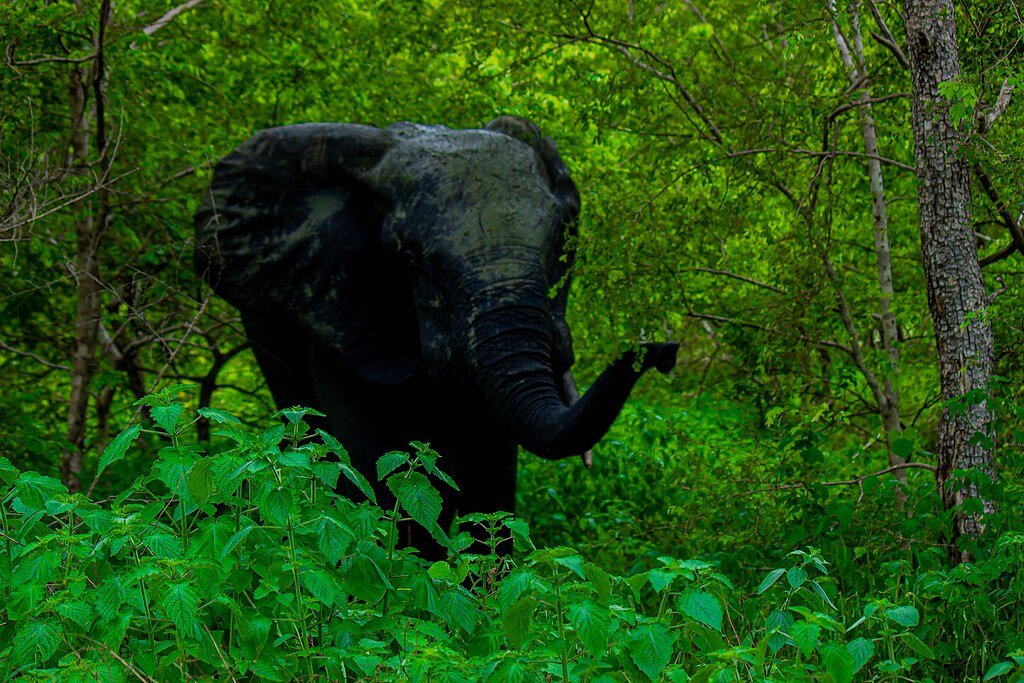
Although experts warn it might not be sufficient, the proposed sanctuary is a vital step in Bangladesh’s 57th protected area. “The region is almost full of human settlements and croplands,” notes Zahangirnagar University’s zoology professor Mohammed Mostafa Feeroz. Historically dominated by sal forests, the area has seen significant degradation leaving minimal natural habitat for elephants.
The government is sending Elephant Response Teams (ERTs) local groups tracking herds and alerting communities to help to reduce conflict. Conservationists also advise changing what is grown. “Elephants avoid green chilies,” says A.B.M. Sarwar Alam of IUCN, advising farmers to replace sensitive rice and vegetable fields. Even these steps, though, might not be sufficient without rebuilt migration paths.
The Border Dilemma: Why Fences Are Failing Wildlife
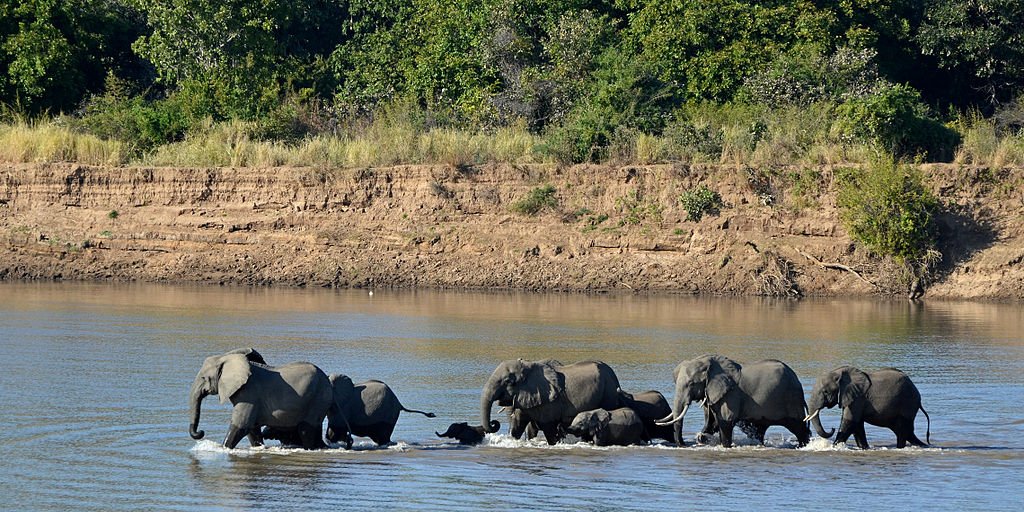
Designed to reduce illegal immigration, India’s border fencing has had unexpected effects on wildlife. Four main elephant corridors are blocked, upsetting centuries-old migration routes. Although Bangladesh and India signed a 2020 agreement to handle transboundary elephant disputes, application is still laggering.
Reopening these passways is the only long-term fix Feeroz emphasizes. “Without migration, this area will become hostile for both humans and elephants,” he foretells. Adopted by 13 Asian elephant range countries, the 2025 Siem Reap Declaration could offer a framework for collaboration but immediate bilateral action is required.
Compensation and Community: Can Locals Coexist with Giants?
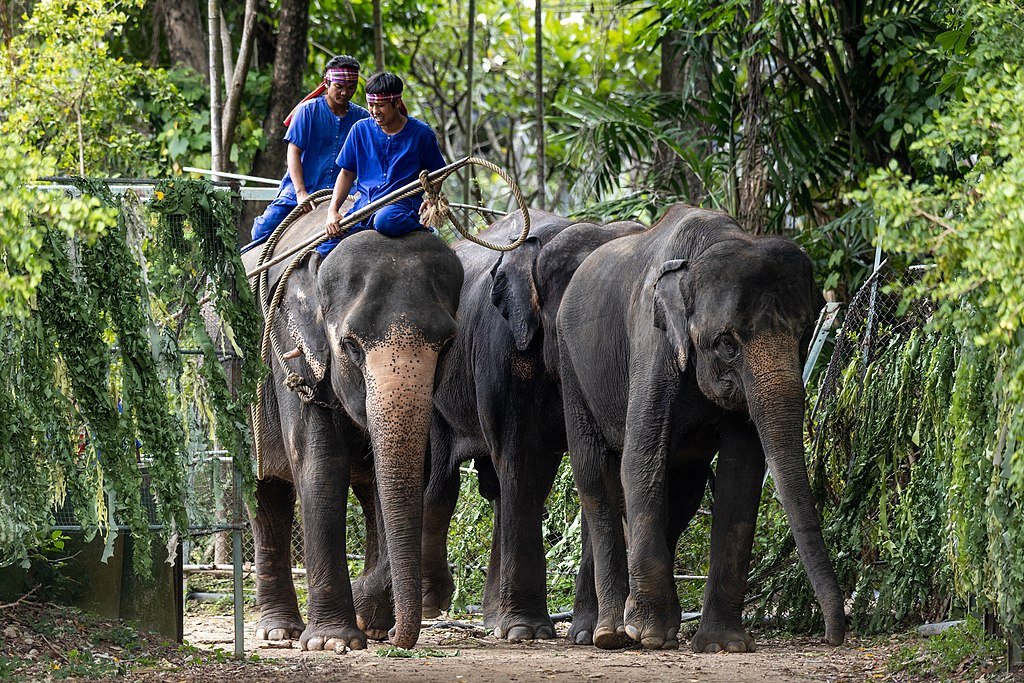
Moreover, human life. Bangladesh first started paying families impacted by elephant attacks compensation in 2010; subsequently, payouts in 2021 will rise. For deaths, victims today get up to 300,000 takas ($2,470); for injuries, they get 100,000 takas ($823).
The Sustainable Forests & Livelihoods (SUFAL) project teaches residents conflict avoidance in the meantime. Supported by organizations like IUCN, ERTs are extremely important yet problems still exist. Now some farmers employ lethal electric fences, increasing mortality. “Regulating human behavior is urgent,” says Monirul H. Khan, a wildlife researcher stressing the need for awareness over force.
A Global Precedent: What This Means for Transboundary Conservation
The conflict of Bangladesh reflects a worldwide one: political boundaries against environmental needs. Like these conflicts afflicting South America’s rainforests and Africa’s savannas The trapped elephants of northeast Bangladesh represent a larger issue regarding the balance of security in a country with regard for wildlife movement.
Focusing on species like elephants and tigers through research and enforcement, the USDA’s new Wildlife Conservation Activity seeks to help Bangladesh address these challenges. IUCN’s recent World Wildlife Day 2025 event in Dhaka focused on funding conservation and empowering local communities.
The Road Ahead: Protection or Peril?
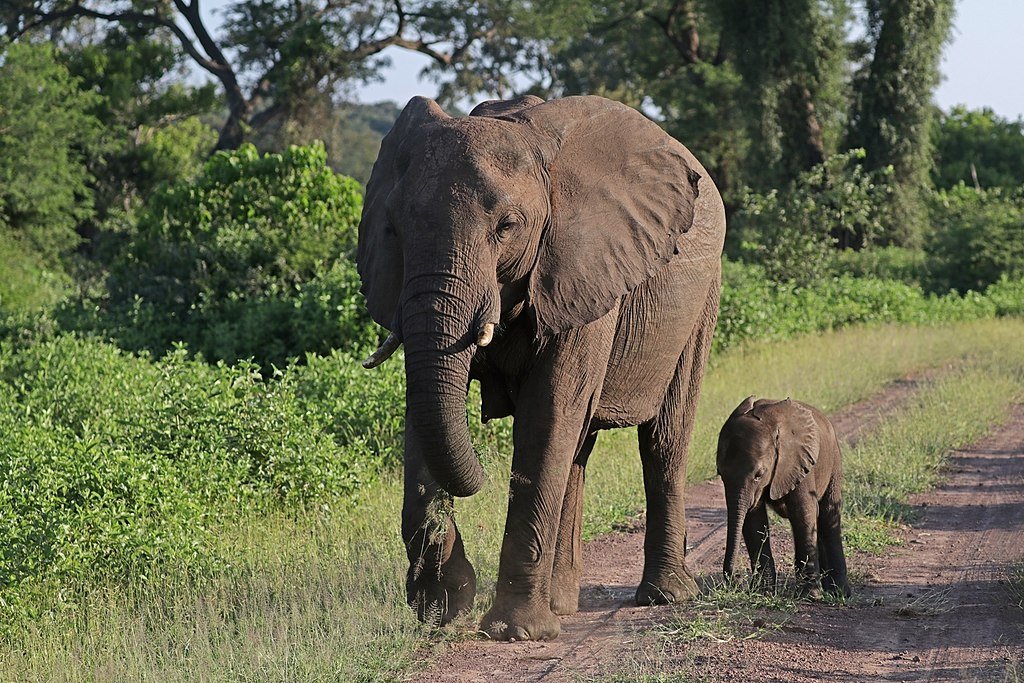
Though it’s only a bandage on a widening wound, the protected area plan is a start but without open corridors. Syeda Rizwana Hasan, Bangladesh’s Environmental Advisor, notes the complexity: “We are working on declaring the area protected, but we must also negotiate with India.”
There is not much time left. Every herd counts given there are less than 50,000 Asian elephants left in 13 different countries. Will fences determine the fate of these magnificent animals or will Bangladesh’s audacious move inspire transboundary action? The response might decide how coexistence will survive in a world growing more divided.
Final Thought
A lone elephant bellows a reminder of a wilderness caught between boundaries as the sun sets over Sherpur’s fields. Although the new refuge gives hope, real safety comes from the revival of long-forgotten paths outside fences. The next action for Bangladesh’s imprisoned giants is about legacy rather than merely land.
Sources:

Jan loves Wildlife and Animals and is one of the founders of Animals Around The Globe. He holds an MSc in Finance & Economics and is a passionate PADI Open Water Diver. His favorite animals are Mountain Gorillas, Tigers, and Great White Sharks. He lived in South Africa, Germany, the USA, Ireland, Italy, China, and Australia. Before AATG, Jan worked for Google, Axel Springer, BMW and others.

